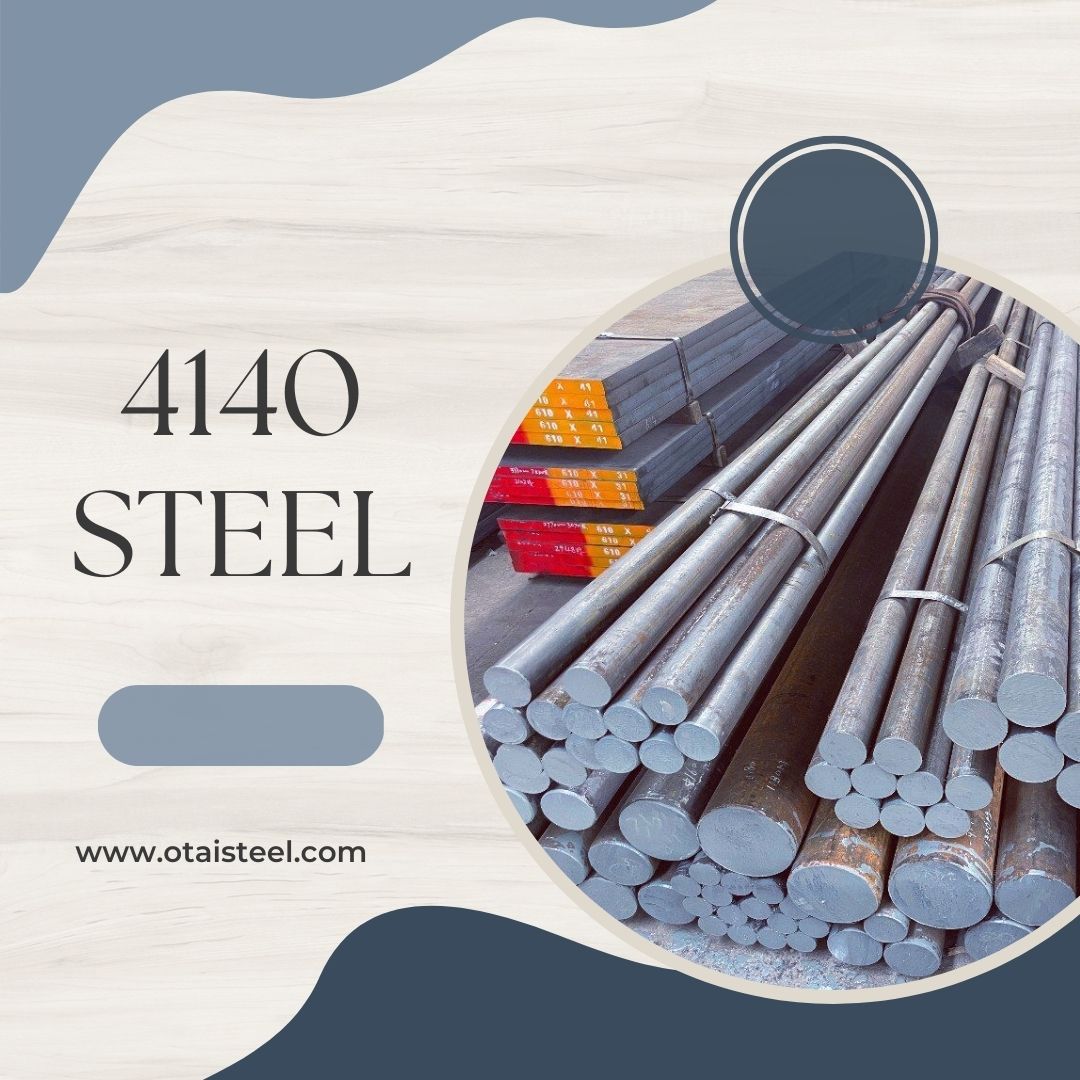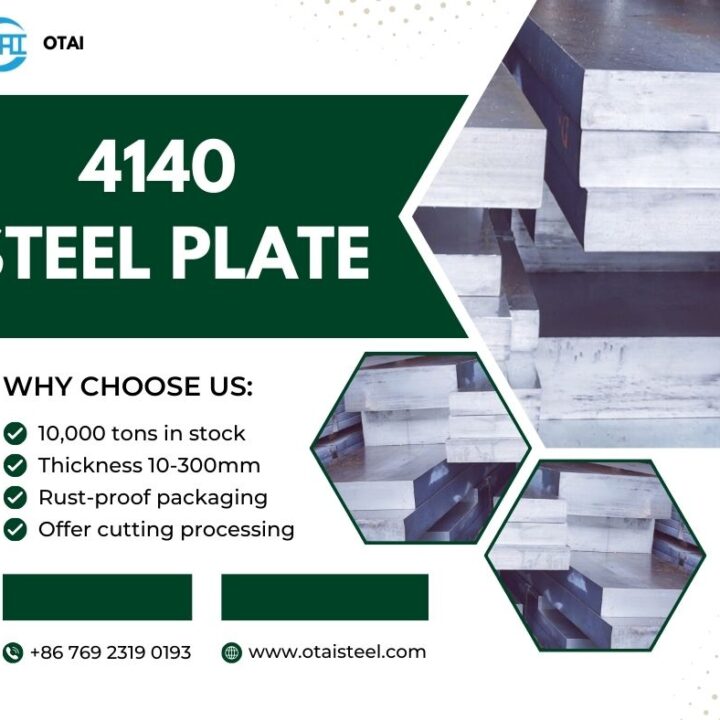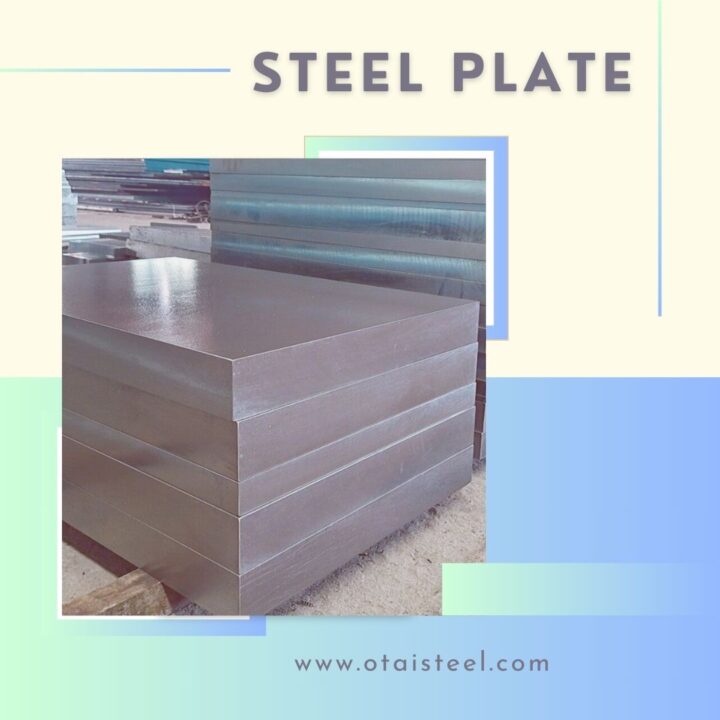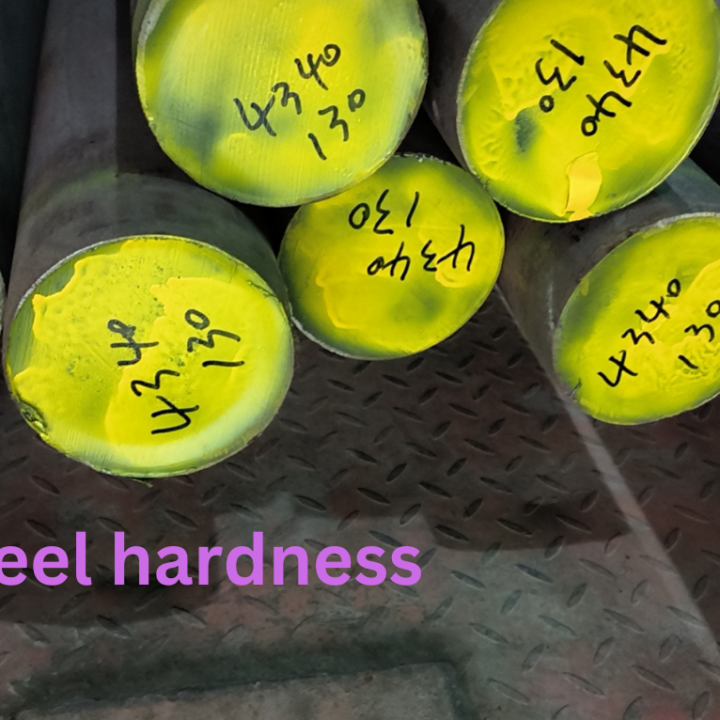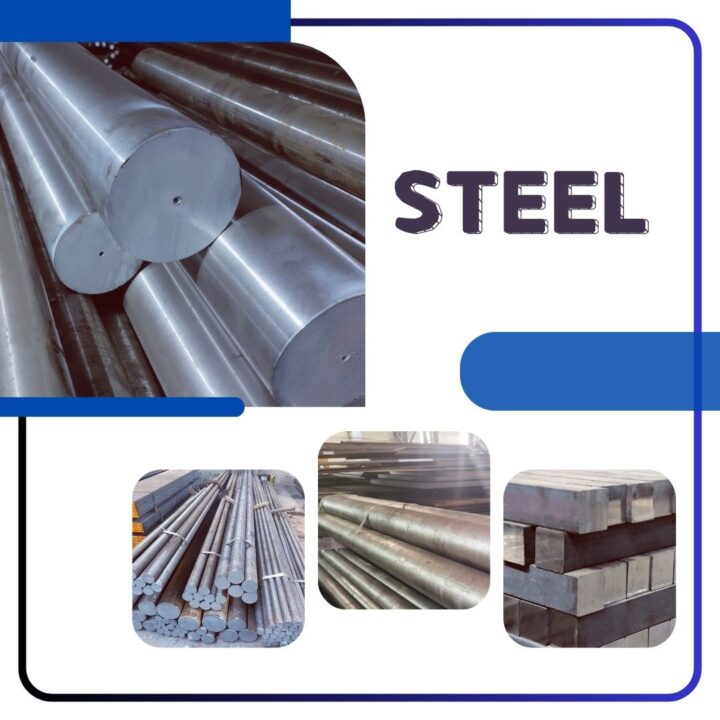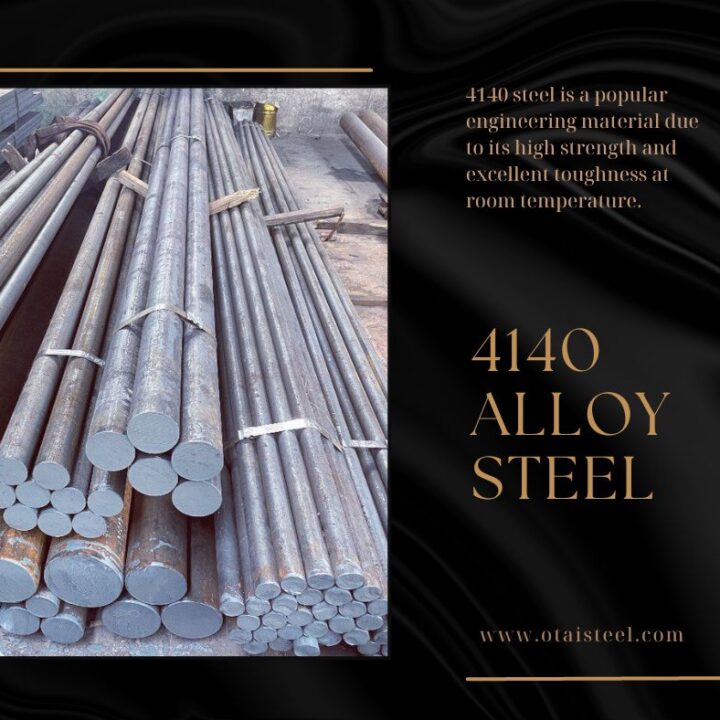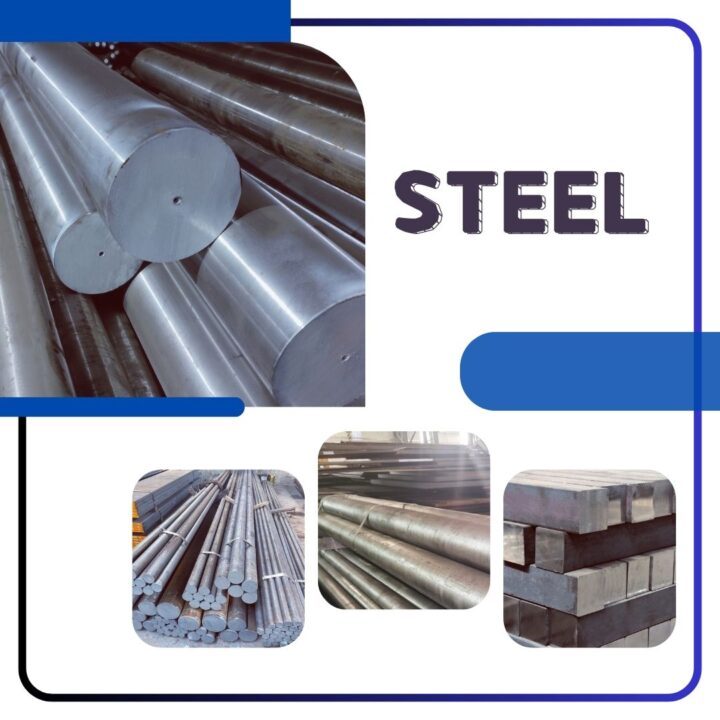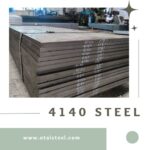What are the best practices for storing and handling 4140 steel
Here are some best practices for storing and handling 4140 steel
- To Store steel in a dry place to prevent rust and corrosion. Moisture and humidity can cause steel to rust and corrode over time. It can deteriorate the material and shorten its useful life.
- To keep the steel away from dampness and moisture. Keeping steel away from moisture and dampness is important to prevent rust and corrosion. Store steel in a cool place to prevent warping and cracking. High temperatures can cause steel to warp and crack over time. It can degrade the material and shorten its service life.
- If necessary, use a dehumidifier to keep your workshop low humidity. This is important if you live in a humid climate. It is important to store the steel away from moisture.
- Put the steel on a flat surface to prevent bending and warping. If steel is placed on an uneven surface, it will bend or warp over time, which can degrade the material and shorten its service life.
- Use LIDS or tarps to protect the steel from dust and debris. If you have a lot of dust or debris will be stored in a steel area (such as a garage or workshop), the measure is particularly important.
- Handle the steel carefully to prevent damage or deformation. If steel is dropped or not handled properly, it can be damaged or deformed, thus deteriorating the material and shortening its service life.
- Wear gloves when handling steel to prevent oil and dirt on your hands from contaminating the steel. This measure is especially important if you plan to paint or coat the steel, as any oil or dirt on the surface will prevent the paint or coat from adhering properly.
- Proper lifting techniques should be used when moving heavy steel parts to prevent injury. If the steel is too heavy to move safely, a crane or other lifting equipment should be used to move it.
By following these best practices, you can ensure that your 4140 steel remains in good condition and performs well for years to come.
